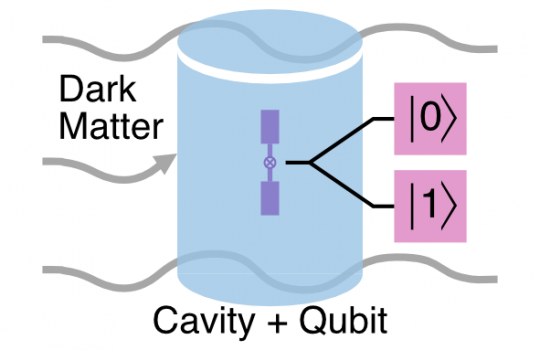U Chicago, Fermilab physicists build a quantum bit that can search for dark matter
From U Chicago News, April 13, 2021: Scientists at the U.S. Department of Energy’s Fermi National Accelerator Laboratory and the University of Chicago have demonstrated a new technique based on quantum technology that will advance the search for dark matter, which accounts for 85% of all matter in the universe.


